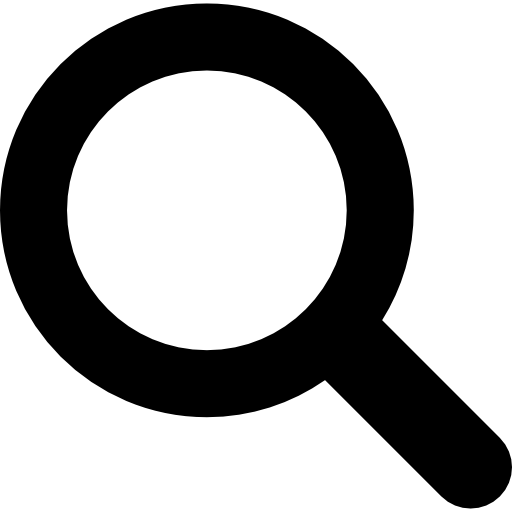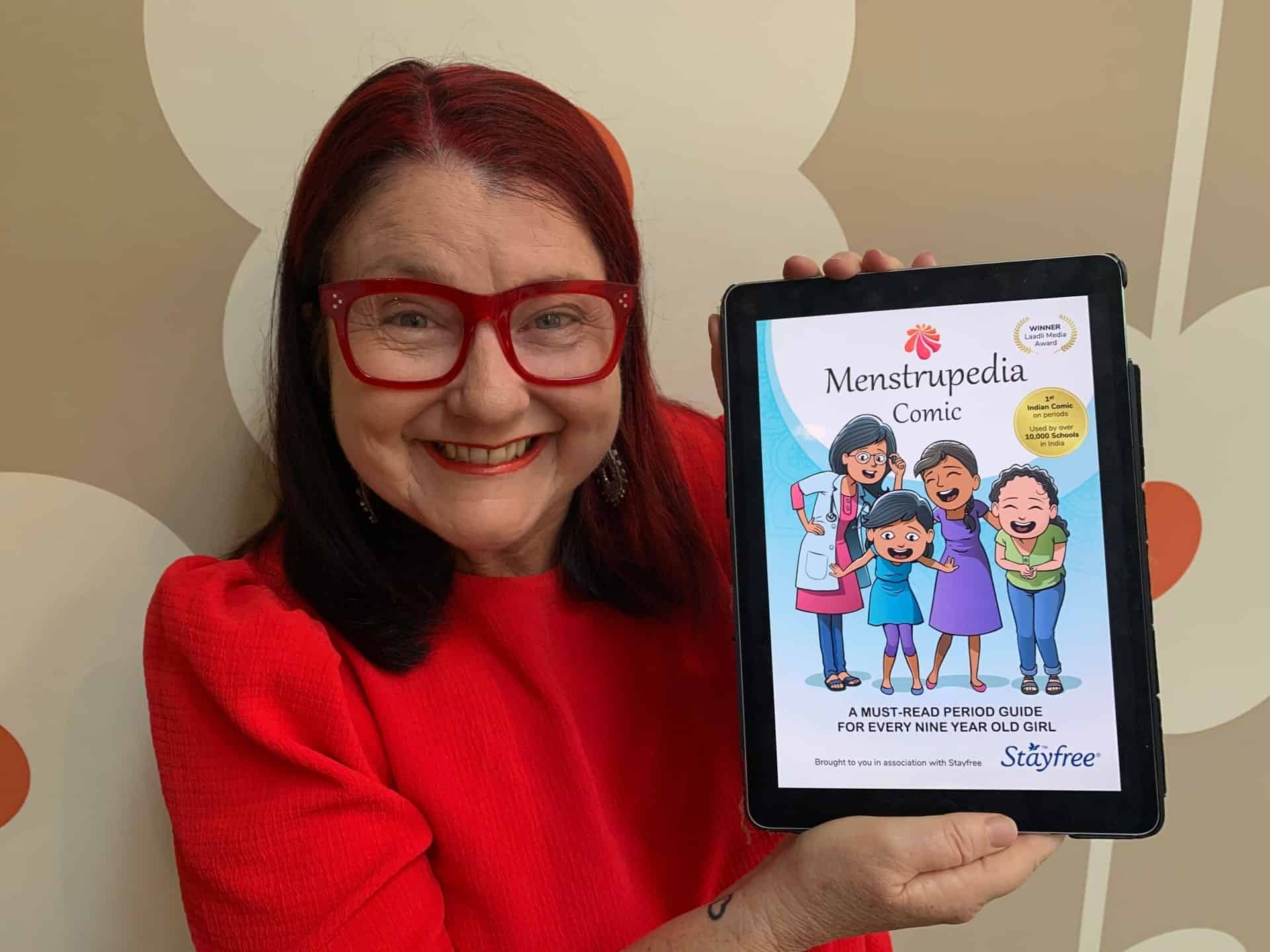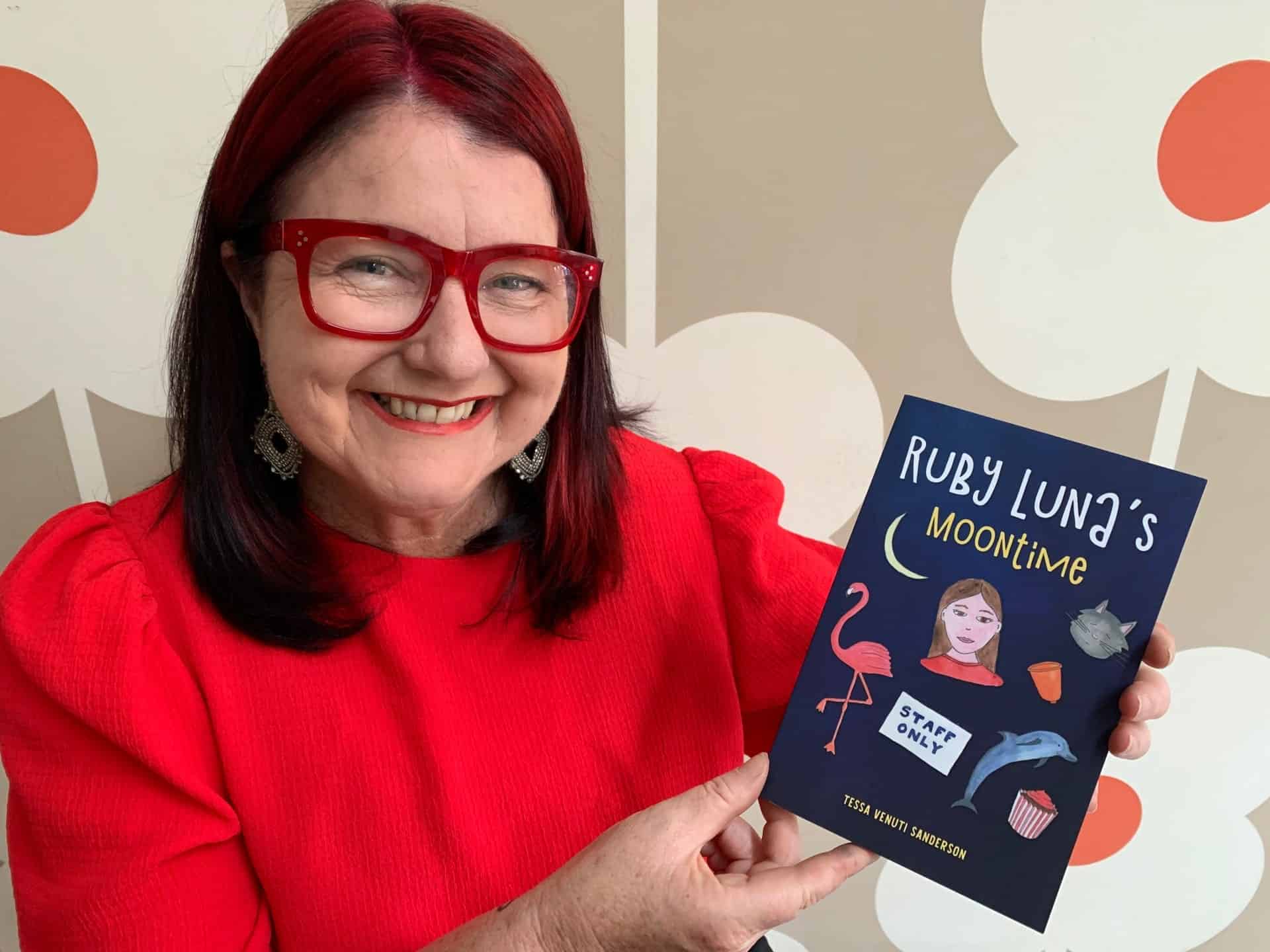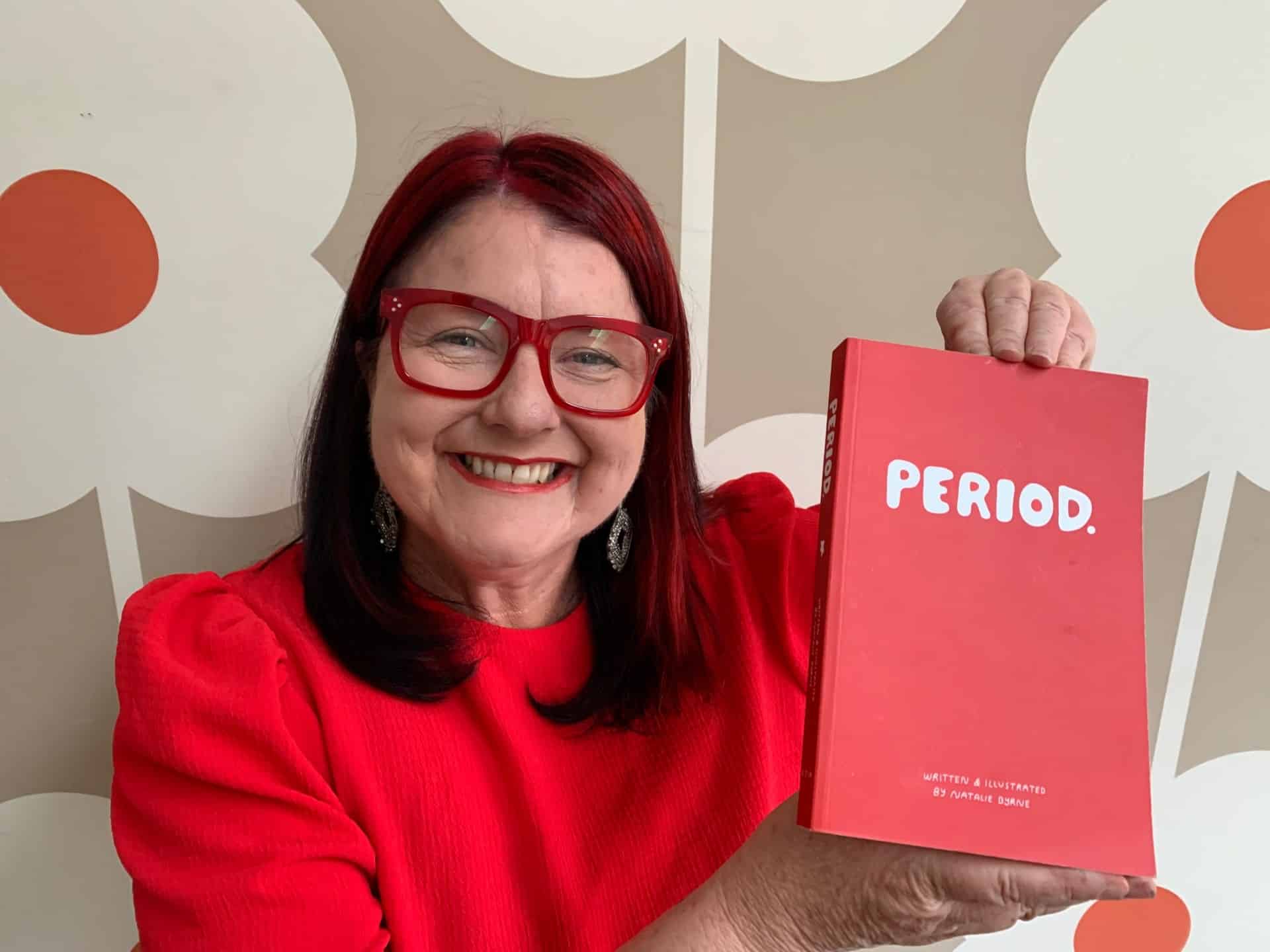Did you know about your menstrual cycle when you were a pre-teen?
Understanding you and your child’s menstrual cycle can help support them as they go through puberty.
Do you want your child to be prepared, confident, empathetic, respectful, educated, less embarrassed, feel normal and not ashamed? Then start talking about the menstrual cycle from an early age. Giving most boys the opportunity to learn about menstruation also empowers them to be respectful, even if they never menstruate.
I was 8 when I got my first period and I had no idea what was going on. I felt nervous, scared and ashamed. How sad that is. If I had known, even though I was at a younger age than most kids, it would have been a lot easier for me to cope -that’s for sure.
What exactly is Menstruation?
Menstruation looks like blood that is released from the uterus and out of the vagina. It is made up of mucus, tissue, blood and cells. It’s actually the lining of the uterus which is there to support a possible pregnancy and is a sign that pregnancy has not taken place.
Approximately 3 or 4 tablespoons (or a quarter of a cup) of period blood comes out. It’s important that your children know that menstruation is normal, healthy, has a purpose, is different for everyone, and that it’s not just a conversation about blood.
What is a Menstrual Cycle?
From one period to the next is known as ‘The Menstrual Cycle’. Hormones (chemical messages), are released in the blood stream and bring about a chain of events that happen between the brain, whereby the ovaries, and uterus change.
The menstrual cycle is made up of the Uterine Cycle and the Ovarian Cycle which have 3 different sections in each of them.
How long is a Menstrual Cycle?
The length of the menstrual cycle varies from one person to another and from one period to the next. On average this is 28 days but it can be longer or shorter. It can also change at different times throughout our lives depending on environment, health, stress, diet and age.
It’s important for your pre-teen to know that it can take time for your body to get into a pattern so that when they first have a period the menstrual cycle might be irregular for a number of years.
Maintaining a menstrual cycle calculator or a diary can help check the length of a cycle and can help monitor your child’s cycle too.
What are the stages of the Menstrual Cycle?
There are two sections of a Menstrual Cycle. The Uterine Cycle has to do with the lining of the uterus, whilst the Ovarian Cycle has to do with the ovaries that release the eggs. They both have three stages within them.
The Uterine Cycle stages are:
1. The Menstruation Stage
The hormones progesterone and oestrogen levels drop at this stage because the egg has not been fertilised. This causes the period blood, which is the lining of the uterus to be released from the vagina and generally takes approximately 3 to 7 days from the beginning to the end.
2. The Proliferative Stage
At this stage the oestrogen levels rise causing the lining of the uterus to thicken, just in case an egg is fertilised and can embed in the lining. This means that pregnancy occurs. This stage starts when the period finishes up until ovulation.
3. The Secretory Stage
The hormone progesterone rises and this stops the uterus lining from getting thicker and thicker and instead to get ready for a fertilised egg. This stage occurs when the egg is released from the ovaries up until the start of the next period, so from ovulation and when cramping often begins.
The three stages in the Ovarian Cycle are :
1. The Follicular Stage
This stage happens before ovulation, at the beginning of a period until ovulation. The brain sends a signal to the pituitary gland to start releasing follicle-stimulating hormones (FSH) which are the hormones that prepare the ovaries to start producing sacs (also known as follicles) that contain immature eggs.
Out of approximately 5 to 20 sacs, only one will eventually mature while the others will be absorbed back into the body.
The sac containing the maturing egg will also trigger the release of oestrogen, which will then prompt the uterus to prepare an environment where an embryo could grow.
2. The Ovulation Stage
When oestrogen levels rise the pituitary gland starts releasing the luteinizing hormone (LH). This is what triggers the ovulation stage to begin. By now, the egg, also known as an ovum, has fully matured and an ovary will then release it and send it to the uterus through the fallopian tube.
Once the egg reaches the uterus the egg is released from the ovary and takes approximately 12-24 hours. It’s important to know this can vary from person to person and within each cycle, but usually happens between days 11 to 15, which is often the middle of the cycle.
A person will release approximately 400-450 eggs in their lifetime (wow!!)
3. The Luteal Stage
This happens after ovulation, when the hormones oestrogen and progesterone levels lower triggering menstruation if a pregnancy has not occurred.
This can vary from person to person and within each cycle, and is usually about 14 days. Premenstrual symptoms often occur at this stage.
Books about the Menstrual Cycle
More blogs about a child's first period
Final words about the menstrual cycle
So next time the child in your care asks you what the blood in the toilet is, or what a tampon is used for, tell them the truth because menstruation is normal, healthy, natural and important. When we as parents, educators and trusted adults, understand why bodies do what they do then we can break down barriers and the stigma of menstruation. Maybe one day we can come to the point where we can celebrate all of this, because let’s face it, our bodies are amazing!
You might also like...
my interactive courses about puberty and reproduction:
What’s the Big Deal About Puberty is my interactive online course about puberty.
This puberty course is ideal for both parents/carers to do together with their pre-teens aged 9-12 years. This can also be completed by your child on their own.
Click below to buy the course for only AUD $69.
This interactive course is about our bodies, how babies are made and more. It is ideal for both parents/carers to do together with their pre-teens but can also be completed by a child on their own. There are two separate courses for children aged 7-9 years or 9-12 years.
Click on one of the buttons below to purchase the course for only AUD $49:






